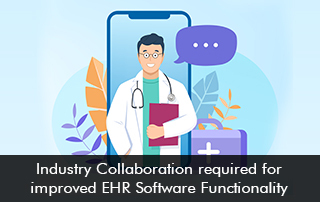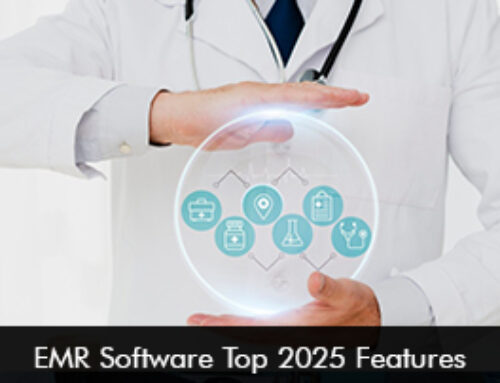According to a viewpoint published in JAMA Network Open, health IT vendors and health system leaders must collaborate to enhance Electronic Health Records (EHR) software functionality and combat clinician burnout. By leveraging EMR software solutions patient care can be supported and the efficiency of healthcare providers can also go up. The robust software technology helps to streamline clinical, administrative, and financial workflows.
EMR Software ability
Different stakeholders’ needs such as providers, patients, and regulators affect EHR software capabilities. The authors of the viewpoint have stated that the requirements of daily workflow automation and reimbursements come before the clinical productivity and efficacy of the software.
Enhancing cognitive support
Decision support tools such as vaccine recommendations should take into account demographics and existing clinical situations. But as this hardly happens, clinical teams and staff members are overburdened and stressed with tedious and repetitive documentation tasks and a reduction in data quality.
The digital healthcare transformation is complete in the US and hence healthcare organizations should stress enhancing cognitive support. Recent policy changes such as the Centers for Medicare and Medicaid Services (CMS) final rule recommending hospitals to evaluate their healthcare information technology through the Safety Assurance Factors for EHR Resilience Guides to improve technology safety and usability. These amendments are made to boost responsibility between health systems and EMR Software vendors to add functionalities and tools that streamline complicated tasks that are performed every day.
A related set of guidelines can be used to protect and enhance cognitive support offered to the clinical team through the Electronic Medical Records (EMR) Software.
Improving EHR software cognitive support
The following steps can be taken to advance EMR software cognitive support,
- Producing information and associating goal-oriented search.
- Patient data and care settings should be taken into account.
- Automating daily tasks to enhance productivity.
- Identifying trends away from idealized patient models.
- Vital user actions should be converted into documentation.
- Exhibiting relevant data.
- Consistency in performing the tasks.







